Vintage Door Restoration: Energy-Efficient Upgrades for Historic Beauty
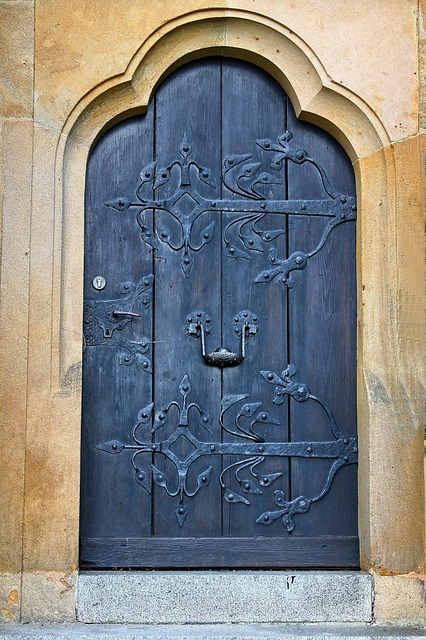
Vintage door restoration combines historical preservation with improved energy efficiency. By unders…….
Historic Door Restoration and Replacement: A Preservation of Heritage
Introduction
The art of restoring and replacing historic doors is a delicate balance between honoring the past and meeting contemporary needs. This comprehensive article delves into the nuances of preserving historical architecture through the meticulous process of maintaining its entryways. We will explore the significance of this craft, the impact it has on global heritage, and the economic and technological factors that influence its practice. Join us as we journey through the world of historic door restoration and replacement, learning how these doors serve as time capsules, telling stories of their times and the people who walked through them.
Understanding Historic Door Restoration and Replacement
Historic door restoration and replacement encompass the preservation, repair, and, when necessary, replacement of doors on buildings of historical significance. These doors often serve as the first point of contact between the past and the present, providing a tangible link to history. The process involves understanding the original materials used, the craftsmanship techniques of the era, and the cultural context in which the door was created. It’s a multifaceted endeavor that requires expertise in carpentry, history, and conservation.
The doors that fall under this category can range from grand wooden entries to ornate iron gates. They vary by region, reflecting diverse architectural styles such as Georgian, Victorian, Art Deco, and beyond. The restoration and replacement of these doors are not merely about physical upkeep; they are about preserving a piece of history that contributes to the cultural and social fabric of our communities.
Global Impact and Trends
The impact of historic door restoration and replacement is felt worldwide as it directly relates to the preservation of global heritage sites. Different regions have distinct styles, materials, and challenges associated with maintaining these doors. For instance, wooden doors in humid climates face unique degradation issues compared to metal doors in arid environments.
Key trends shaping this field include the use of sustainable materials, advancements in conservation techniques, and a growing appreciation for historical authenticity. In some regions, there is a resurgence in traditional craftsmanship, while others are embracing digital documentation and 3D printing to preserve door designs without compromising original pieces.
Economic Considerations
The economic significance of historic door restoration and replacement cannot be overstated. It stimulates local economies by creating jobs for skilled artisans and supporting industries that supply necessary materials and tools. The investment in these doors often exceeds initial costs due to the long-term benefits they provide, including increased property value and tourism revenue.
Market dynamics show a growing demand for authentic restoration services, with many buyers willing to invest significantly to preserve historical integrity. This economic activity is integral to the functioning of larger systems, including urban development, cultural preservation, and historical tourism.
Technological Advancements
Technological advancements have revolutionized the field of historic door restoration and replacement. Innovations in conservation materials, such as weather-resistant paints and corrosion-inhibiting coatings, have extended the lifespan of doors. Digital technologies like 3D scanning and modeling allow for precise replication of intricate designs, ensuring that replaced doors maintain historical accuracy.
Looking to the future, we anticipate further advancements in materials science, such as self-healing composites, and smart technology integration, enabling doors to be both historically authentic and modernly functional. These developments promise to enhance the longevity and usability of historic doors while preserving their original character.
Policy and Regulation
A myriad of policies and regulations govern the restoration and replacement of historic doors worldwide. These legal frameworks aim to protect cultural heritage and ensure that any alterations respect the historical significance of buildings. In some countries, like Italy and Spain, there are stringent regulations that require government approval for changes to protected structures.
International organizations, such as UNESCO, set guidelines for the conservation of heritage sites, including their doors. These regulations are critical in maintaining global standards and ensuring that the doors we restore today will continue to stand as testaments to history tomorrow.
Challenges and Criticisms
The field of historic door restoration and replacement is not without its challenges. One of the most significant criticisms is the tension between preserving original materials and adapting to modern needs, such as improved insulation or accessibility compliance. Additionally, there is the risk of over-restoration, where doors are altered to a point where they lose their historical character.
To address these issues, professionals must balance authenticity with functionality, often making difficult decisions about what can and cannot be saved. Actionable solutions include interdisciplinary collaboration between historians, architects, and conservationists, as well as the development of ethical guidelines for restoration practices.
Case Studies
Several case studies demonstrate successful applications of historic door restoration and replacement. One notable example is the restoration of the East Gate of the Forbidden City in Beijing, which involved extensive conservation work to maintain its historical integrity while making necessary repairs. Another is the ongoing project at Monticello, Thomas Jefferson’s estate, where historic doors are restored to reflect the time periods during which he lived.
These case studies provide valuable insights into best practices and lessons learned, emphasizing the importance of meticulous documentation, material analysis, and adherence to historical context. They serve as benchmarks for future projects around the globe.
Conclusion
Historic door restoration and replacement are complex endeavors that require a deep understanding of history, craftsmanship, and conservation. The economic, cultural, and social benefits they provide are immeasurable, as these doors serve as living reminders of our past. As technology advances and global awareness of the importance of preserving our heritage grows, we can expect this field to evolve, ensuring that future generations will continue to walk through history’s doorways.
References:

Vintage door restoration combines historical preservation with improved energy efficiency. By unders…….
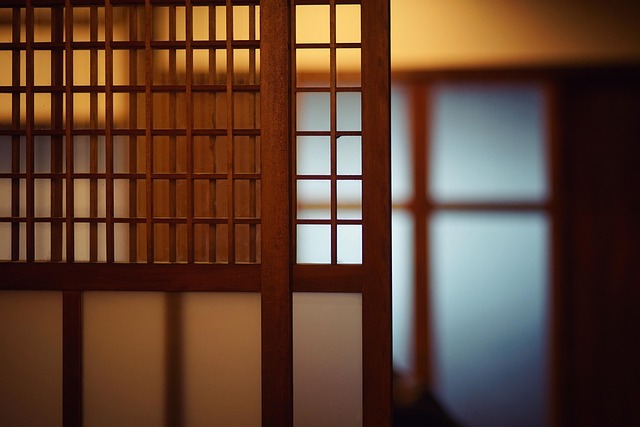
Professional historic door services bridge the gap between preserving architectural heritage and enh…….
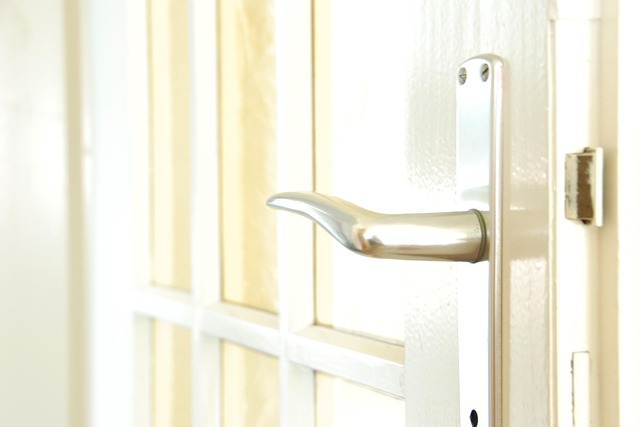
Historic door restoration and replacement are vital for preserving architectural integrity, ensuring…….
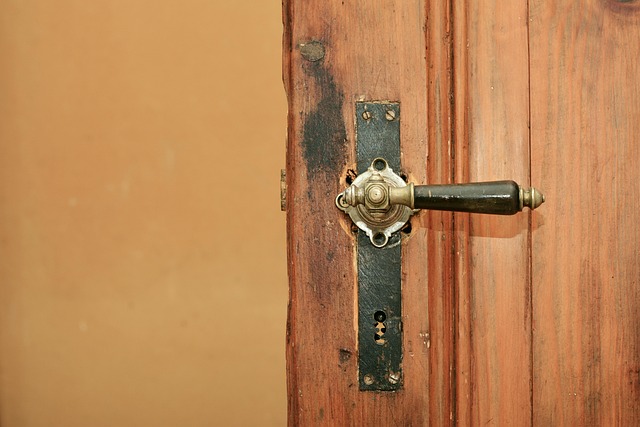
Historic door refurbishment balances preservation and modern safety standards, focusing on fire prot…….
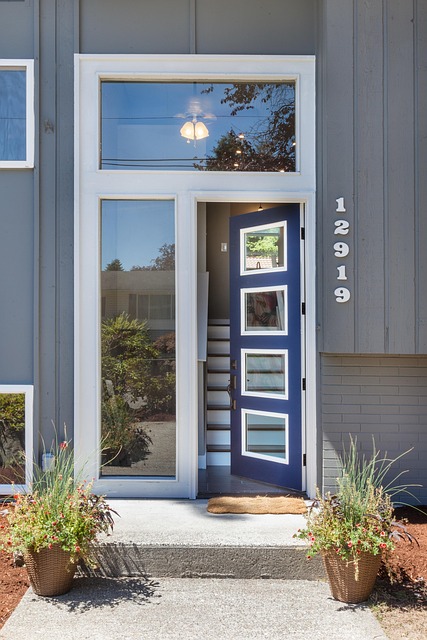
Vintage door restoration is both an art and conservation effort for historic buildings, combining hi…….
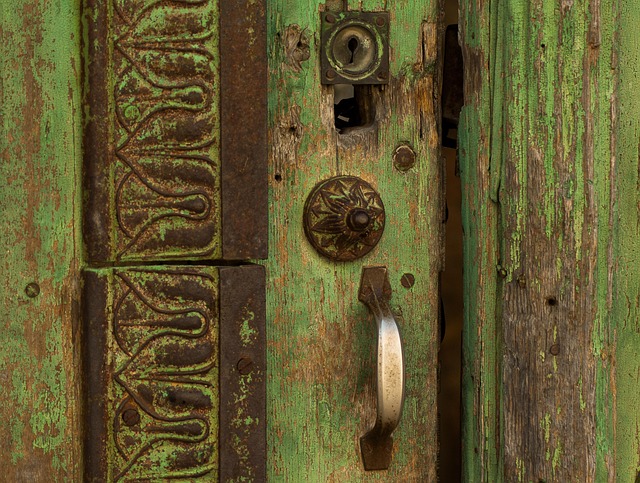
Professional historic door services are vital for preserving the integrity and beauty of historicall…….
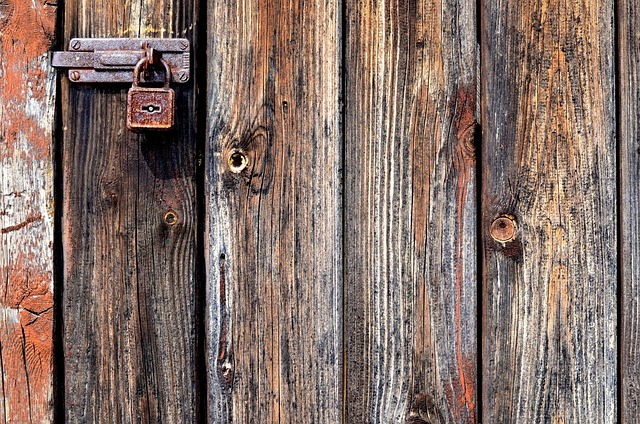
Vintage door restoration requires balancing historical charm and modern fire safety standards. Profe…….
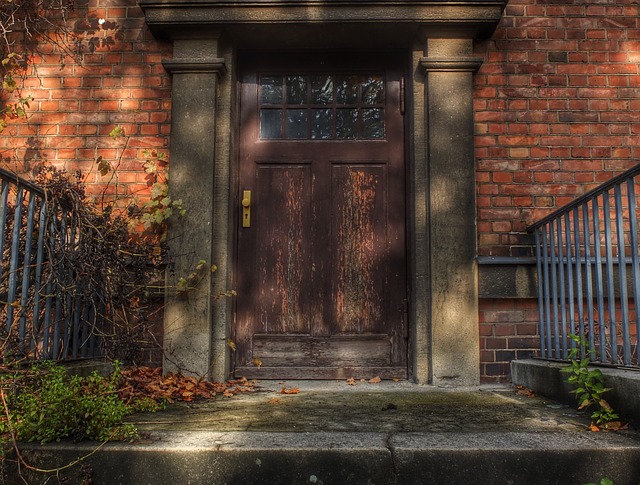
Antique door repair balances historical preservation and modern functionality through energy-efficie…….
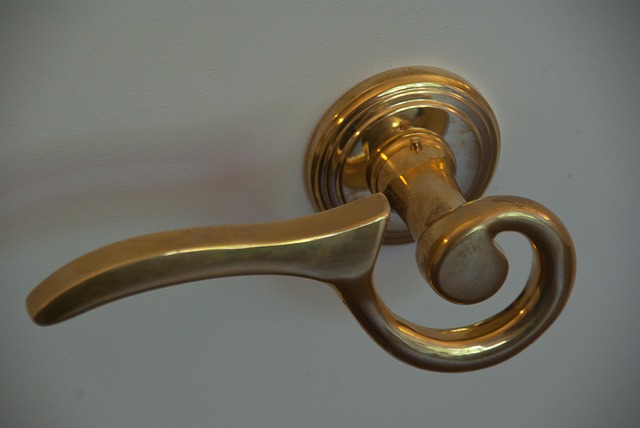
Antique door repair is an art demanding deep knowledge of historic construction methods and material…….